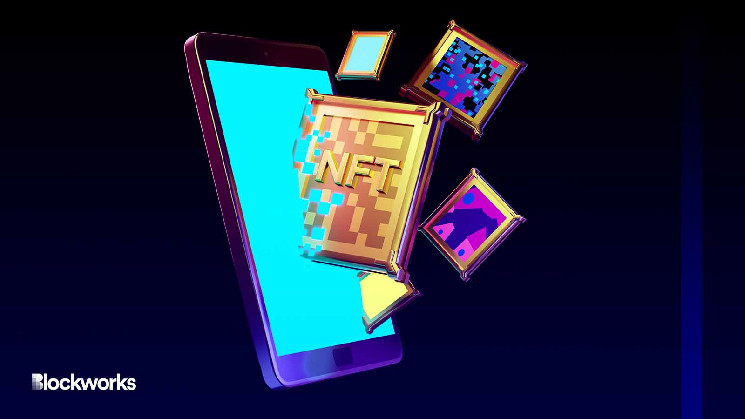NFT
Cookie, cloud, web, spam – these are all expressions that connect internet phenomena with recognizable experiences.
Part of the process of developing technology is establishing the vocabulary that links human understanding to the purpose of new mechanisms. But sometimes it’s hard to summarize complex ideas in simple words.
The word “wallet,” used to label a common Web3 account tool like MetaMask, is often considered a misnomer. It just doesn’t quite fit what the tool can do.
Like a Web3 wallet, a real-life wallet can hold identity information, currency, and maybe a few photos, but it doesn’t have an address or keys, it doesn’t connect a user to activities, or act like a passport to places or events – and about generally, it does not store hundreds of collectibles or works of art.
Now, to complicate things a little more, the ERC-6551 protocol introduces token-bound accounts, allowing each individual NFT to be a “wallet”, for lack of a better term.
On a recent episode of the On the Other Side podcast, Benny Giang, the co-founder of Future Primitive and the historic CryptoKitties NFT collection, spoke with host Chase Chapman about the innovation.
The idea, says Giang, came from a project he co-created with famed streetwear designer Jeff Staple called Sapienz. The two decided to team up and “reshape the future” of storytelling, streetwear and fashion through profile photos or PFPs.
Giang wondered if PFPs should remain static and isolated: “Why, for example, do they wear the same clothes forever?” he asks.
“What if we launched a PFP that looks super cool and you could change your outfits 10 times a day, 20 times a day, right? Because that’s a natural expression of who you are.”
The aha moment
Keeping things on a chain adds complexity “that really hinders what you can do with an NFT,” says Giang, with gas cost being the main barrier. This issue led to an “a-ha” moment for the two creators.
Giang attends a hack-a-thon in San Francisco and says the “bulb has blown.”
“What if NFTs had their own wallets? And when they have their own wallets, they can talk to each other without MetaMask.”
“If they had their own wallet, they could own a digital hoodie or a digital t-shirt, for example” to accompany a PFP.
This led to the creation of ERC-6551, which gives each NFT its own smart contract account or wallet, says Giang. “All NFTs currently on the Ethereum mainnet, from CryptoKitties all the way to the latest NFT project – they have their own account address, so they can actually hold any other token.”
Token-tied accounts make NFTs have two important properties, according to Giang. One is the ability to own assets. “It could hold ETH, it could hold USDC, it could hold pepe coins, it could hold other NFTs.”
The second property of token-bound accounts is the ability for NFTs to participate in social governance, he says. “So now that an NFT has its own account address, it can be a signer on a multisig, it can have its own ENS subdomain. It could take part in the vote on proposals.”
“It’s like giving an NFT a passport,” he says, giving users access to a range of features, including bank accounts and voting.
Giang takes it a step further, adding: “If we add AI to that, it could have a personality, it could tweet, and it could also perform on-chain actions.”
“This is a natural progression,” says Giang, “for us to communicate with each other, for us to communicate on the Internet.”
 Cover the volume on your identity with. Dejay!
Cover the volume on your identity with. Dejay!
